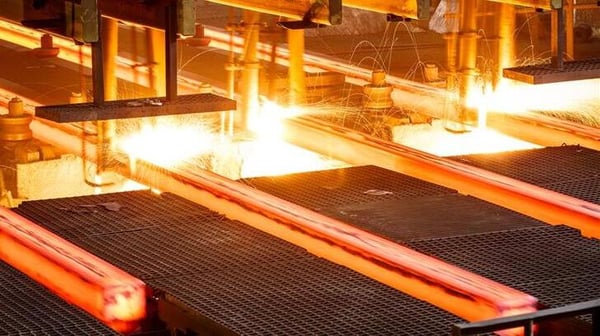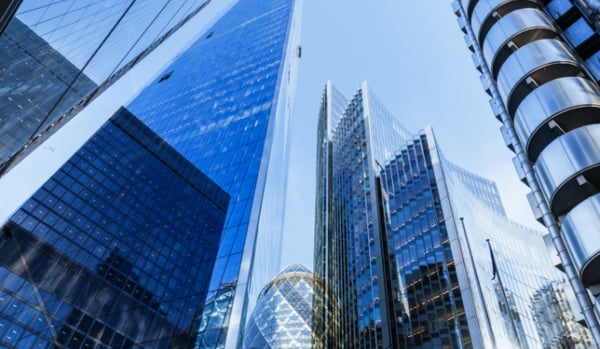Disclaimer: Views in this blog do not promote, and are not directly connected to any L&G product or service. Views are from a range of L&G investment professionals, may be specific to an author’s particular investment region or desk, and do not necessarily reflect the views of L&G. For investment professionals only.
Forging steel’s future
Scrap’s leading role in low-carbon steelmaking in the US and Europe.

Trade barriers, technological progress, and decarbonisation are reshaping the steel sector which accounts for over 8% of global emissions. To unlock the full potential of modern steelmaking, we believe industry standards and policy must catalyse, rather than slow the pace of change.
This paper represents the combined output of L&G and Nucor[1], as part of L&G’s ongoing engagements with the sector on decarbonisation. We present insights from Nucor Corporation on recent technological advances in processing steel scrap for high-quality steel applications, alongside Legal & General’s energy transition scenario analysis.
We find that growing scrap availability and technology advances in scrap sorting and refining support much higher market penetration for recycled steel than is possible today. With achievable improvements in the recovery rate of end-of-life (EOL) steel, estimated at ~59% today by USGS, scrap can provide over 80% of ferrous metallics for steelmaking in the US by 2035 and in Europe by 2050, unlocking an emissions benefit of 1.67 tonnes of CO2 per tonne relative to integrated production (Fraunhofer ISNW).
The paper summarises the main industry decarbonisation frameworks and the blind spots around decarbonisation mechanisms created by the “sliding scale” (see ‘Defining low carbon steel’ section). In a sector that is increasingly shaped by trade barriers, such as Section 232 tariffs in the US and the carbon border adjustment mechanism (CBAM) in Europe, global investors and steel industry customers need frameworks to compare emissions performance across geographies both at a product level and a company level. L&G endorses the Global Steel Climate Council (GSCC) as an emissions standard for both product-level accreditation and science-based target setting.
However, no standard is perfect forever, as an engaged investor in the industry, L&G will continue to work with frameworks such as the GSCC to evolve standards with the latest science, policy and technology and reward ambition on decarbonisation.
The paper provides evidence across three principal areas:
1. Defining low-carbon steel – we review markets standards and make the case that many of the leading decarbonisation frameworks are not effectively supporting an orderly transition. We endorse the GSCC for use, particularly in the European and US markets.
2. Technological progress in Electric Arc Furnace (EAF) steelmaking – Nucor makes the case that technology advances in scrap sorting and refining, as well as quality improvements for EAF steelmaking; allow EAF to fulfil all major high grade steel applications paving the way towards even higher penetration of EAF based capacity.
3. Scrap availability – L&G find that scrap is globally scarce, but locally abundant. In the US scrap could form 88% and in Europe 82% of the total metallics share by 2050. Above 85% is a level that we estimate can support a full shift to EAF capacity supported by DRI.
[1] For illustrative purposes only. Reference to a particular security is on a historic basis and does not mean that the security is currently held or will be held within an L&G portfolio. The above information does not constitute a recommendation to buy or sell any security.
Recommended content for you
Learn more about our business
We are one of the world's largest asset managers, with capabilities across asset classes to meet our clients' objectives and a longstanding commitment to responsible investing.

